#all hallow’s Eve
Note
So if you don't mind me asking, whats your stance on Halloween? Is that acceptable?
Gee! This is one of my favorite topics! For a more succinct, well-written response to it, with pictures and Halloween story recommendations, look at this post. Otherwise, I’m just going to ramble 😅
I’m going to answer this as if you’re asking me about the holiday, not the Michael Myers movie series (which I believe are stupid, including the original.)
Anyway, I guess the real question is…”acceptable” for what?
Acceptable as a fun thing to do? Sure. But like…do you ever stop and think about why you enjoy the things you enjoy? What makes them fun, and whether they should be treated as fun?
Not to be that person.
But what I’m saying is, you can make Christmas unacceptable. Anything can be “unacceptable” if you celebrate them the wrong way, for the wrong reasons. If you’re celebrating them flippantly, with no thought behind it.
Christmas, for example, is about celebrating the end of four dark millennia, when, in the coldest, deadest time, the Light came back and promised to stay and fix everything. It’s the end of a long, hard wait. It’s celebrating the gift of that Light. You’re allowed to be extravagant at Christmas, as long as you connect it in your mind and your heart with that idea—“I’m being extravagant to show how wonderful and worthy of specialness this occasion is.”
But check the other side of the coin. You could do Christmas wrong. Then Christmas becomes “unacceptable.” You could make Christmas about the presents; about you; about turning a profit; about making yourself feel better; about escape. You could even make it about “specialness” but you don’t know why it’s special, just that stupid phrase, “that Christmas feeling.”
If you don’t have the “why” behind the celebration, OR your “why” is something you shouldn’t even be celebrating, then the celebration becomes “unacceptable.”
Now.
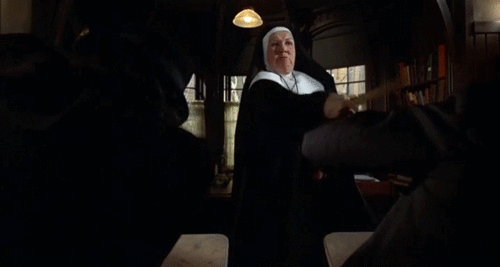
Some Christians (I assume you’re asking me because I’m a Christian, otherwise most people don’t bat an eye at celebrating Halloween) take one look at a holiday that’s been kidnapped by non-Christians and turned into a celebration of something incorrect—they take one look—and they say, “no children, we don’t celebrate Christmas. We don’t celebrate that holiday. No presents, no tree, no commercialism; it’s about JESUS!” And then they like, metaphorically shut their blinds and hunker down until the world quits celebrating. (Of course, they do the same thing, but much more often, with Halloween.)
That’s basically the same thought process as the monks who, instead of going out and changing the world, instead of correcting wrong thinking by reminding humans of the God that created their correct but corrupted impulses, they hide from the world.
You know what that teaches kids? That brightness and fun and merriment is not something Christians do. Even though everything that is good, including fun, and laughter, and light, and gift-giving, originally was invented by God.
You know what that implies? If it was made by God, it should be tied back to Him at every opportunity. As long as you do it the right way. Why do we just let our godless culture hijack everything that originally belongs to God? Why don’t we get in there, roll up our sleeves, and do it the right way?
Don’t get me started. (If you’re not enjoying this ramble just go up and click the link to the other post, it’s less rambly and answers your question more succinctly 😅)
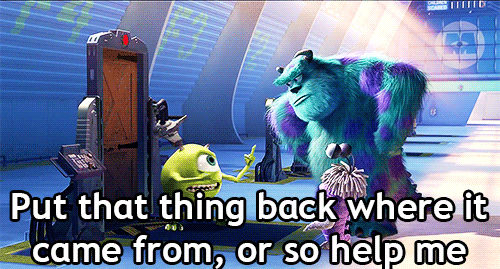
That’s why I’m talking about Christmas. Christmas was invented by Christians. No, they did not “steal it from the pagans.” (Anyone who thinks that hasn’t seriously reviewed history.)
God invented hope and merriment, which are the main themes of Christmas. Without the context for that hope, or that merriment, celebrating in the darkest time of year made no sense, even in Greek and Roman ages.
So the pagans were getting drunk and giving each other little effigies of human sacrifices and going door-to-door singing while naked for what?!

To make merry, and feel good, for no logical reason in winter. Without God, there’s no reason to do anything in the dead, dark time of year other than huddle up and wait for it to be over. There’s no reason to have the hope that creates “the Christmas feeling.”
But Christians came along and said, “hey. We have a real reason for feeling hopeful and celebrating something in the hardest time of year. Let us show you how to give that urge it’s proper context.” And instead of human-sacrifice-shaped gifts, they gave gifts that reminded them of Christ’s coming; instead of singing door-to-door naked and drunk, they sang sweet carols like the ones the angels sang, Etc.
Took a bone that was painfully trying to move while out-of-joint, and popped it back into its proper socket. It was always supposed to move. It just couldn’t do it right when it was out of the proper place. Put it back where it belongs, and Ta daaa. Christmas.

Think about that. If we didn’t have those ancient Christians who were already celebrating hope and light during the winter for the right reasons, stepping into the culture and redeeming things that were almost-right, almost-fun, but twisted by the wrong reasons—we wouldn’t have the Christmas we have today. No caroling. No lights. No trees. No Charles Dickens’ A Christmas Carol. Most importantly, no real, eternal value to make the holiday as sacred and timeless as it is.
So, with Halloween being my favorite holiday, my point is:

Why aren’t we doing that for Halloween?
You can’t argue that “it isn’t like what we did with pagan traditions and Christmas—it’s pure evil, there’s nothing to redeem.” Because Halloween, even as we know it today, has it’s roots in Christianity, too.
Even more broadly than having its roots in Christian “practices,” it has its roots in natural human tendencies. Which point back to God and the story He’s telling, whether they like it or not. The fact that humans wanted to celebrate something in the darkest, coldest time of year to make them hopeful in the winter points to the fact that we were created for light and hope. Animals don’t do that; they hibernate. Humans don’t hibernate; they look for hope, as if there’s some source for it outside themselves.
It’s the same with Halloween. Correct impulses—wrong expression.

At harvest time, humans saw that leaves were dying and there was this fear that they wouldn’t harvest enough—they didn’t prepare enough—they might die like the leaves around them. They might not make it through winter. On comes the imagery of death, and the idea of consequences for your actions coming back to get you—hello, goblins, ghouls, werewolves, even vampires. (I don’t care where it was being celebrated: Ireland, Guatemala, America, who cares, same impulses for the same reasons for humans around the globe.)
No wonder we started thinking up those dark creatures around that time of year. It makes sense.
NOW. Be a Christian. Put that feeling in it’s proper, truthful context—stop letting the culture define what you should do with those feelings.
Are there darkness and horrible things in the world? Yes. Sin. The consequences of sin. Can those monsters be killed? Yes. They’re scary and stronger than you, but they’re not all-powerful. What can the monsters be killed by? Christ’s sacrifice.
(Now I’m repeating what’s in the post I linked to, but I don’t care, this is one of my favorite topics, I’ll repeat myself:)
Monsters are always killed by the sacrifice of something pure, in the old stories. That’s why:
Vampires can’t see their reflection, because old mirrors had pure silver in them. The pure blood of Ellen in Nosferatu kills the vampire because she willingly sacrifices it to him.
Werewolves are slain by pure silver, or, in old stories, the blood of an innocent person, slain for others.
Frankenstein’s monster finally gives up being a creature of hate and goes to his death when he sees that his Creator was willing to sacrifice his life to right the wrong of his creation.
That’s like, handed to us on a silver platter. And you know what’s even better?
Usually the monsters were once human. We are the monsters.
Which is biblical. We’re enemies of God, incapable of good, incapable of purity, without Him. Until His pure sacrifice literally kills the monstrous part of us.
So yeah, dress up like a monster. Not just because it’s fun, but because it ends. You get to take the costume off. The scariness goes away. You’re not a monster anymore.
As long as you make that the point? Do it. I mean, jeez, the Bible uses “walking dead” imagery to refer to Christians. Monsters and monster fiction could go back to being a tool to point to truth. Halloween could be a holiday that reminds us of what we once were, and the darkness we’re saved from.
I really like Halloween. I got connected with the studio I work for by showing them a pitchbook of a Halloween-monster-themed story concept. I also love the Lord. If you can’t find a way to genuinely link the things you enjoy back to God, and the story He’s telling, take a good hard look at what you enjoy and course-correct. That goes for Halloween, or anything in life.
#bigfrozensix#Credit for the gif#Halloween#all hallow’s Eve#all saints day#Irish history#halloween#October#halloween franchise#Frankenstein#Dracula#Nosferatu#the werewolf#Clemence Housman#werewolf#werewolves#classic horror#gothic horror#monsters of the id#monsters#Christianity#controversy#discourse#asked#answered#thanks
31 notes
·
View notes
Text
The 31 Days of Halloween: Day 1, The Salem Witch Trial Memorial in Salem, Mass.
Halloween is a time when we indulge in spooky tales and explore the history of various haunted locations. One such eerie location that perfectly captures the essence of Halloween is the Salem Witch Trial Memorial in Salem, Massachusetts. As we embark on a journey through 31 days of Halloween, it is only fitting to begin with this hauntingly significant landmark that commemorates the tragic events of the infamous Salem Witch Trials.
Historical Background
The Salem Witch Trials were a series of hearings and prosecutions that took place in Salem from 1692 to 1693. During this dark period, over 200 individuals were accused of practicing witchcraft, leading to the execution of 20 innocent people. The trials were fueled by religious fanaticism, fear, and mass hysteria, leaving an indelible mark on Salem's history.
The Memorial's Design
Located in the heart of Salem, the Salem Witch Trial Memorial serves as a reminder of this dark chapter in American history. Designed by landscape architect Ann Hirsch and artist Maggie Smith, the memorial was formally dedicated on August 5, 1992, coinciding with the 300th anniversary of the trials.
The memorial consists of a simple yet powerful design. It features a semicircular arrangement of stone benches, each engraved with the names of the victims, and a stone wall inscribed with poignant quotations from the trial transcripts. The stones symbolize the solidity of truth and the permanence of remembrance.
The Experience
Visiting the Salem Witch Trial Memorial is a haunting experience that transports visitors back in time to a period overflowing with fear and injustice. As you walk through the memorial, you can't help but feel the weight of history bearing down on you. The chilling silence and somber atmosphere create an aura of reflection and remembrance.
Each engraved name on the stone benches represents a life unjustly taken. Reading these names, one cannot help but imagine the anguish and terror these victims must have felt. The memorial serves as a somber reminder of the dark forces that can overshadow reason and compassion.
The Quotations
The engraved quotations on the stone wall provide visitors with a glimpse into the trials and the twisted logic that governed them. These excerpts, taken directly from the court proceedings, highlight the hysteria and irrational beliefs that prevailed during that time.
One such quote reads, "God knows I am innocent!" These words, spoken by Rebecca Nurse, a respected member of the community, epitomize the injustice suffered by the accused. Each quotation serves as a stark reminder of the consequences of unchecked fear and the importance of safeguarding justice and reason.
Conclusion
The Salem Witch Trial Memorial is a solemn testament to the victims of the infamous Salem Witch Trials. Through its simple yet powerful design, engraved names, and poignant quotations, the memorial serves as a haunting reminder of a dark chapter in American history that should never be forgotten.
As we delve into 31 days of Halloween, let us remember the innocent lives lost and the lessons that can be learned from the Salem Witch Trials. The memorial stands as a powerful reminder to always question and challenge fear, prejudice, and injustice in our society.

#salem#witch#trials#massachusetts#witchcraft#wicca#halloween#nostr#geeknik#all hallow’s eve#story#blog#visiting#roadtrip#memorial#ko-fi#kofi#art#buymeacoffee
6 notes
·
View notes
Text

Bat vase by Richard Freiwald
12K notes
·
View notes
Text

#its always october in my brain#october#autumn#octobercore#fall#autumn aesthetic#october aesthetic#autumn blog#october blog#autumnal#fallcore#fall aesthetic#fall blog#all hallows eve#halloween#halloweencore#halloween vibes#halloween blog#source: pinterest#witchcore#witch aesthetic#witch blog
8K notes
·
View notes
Text
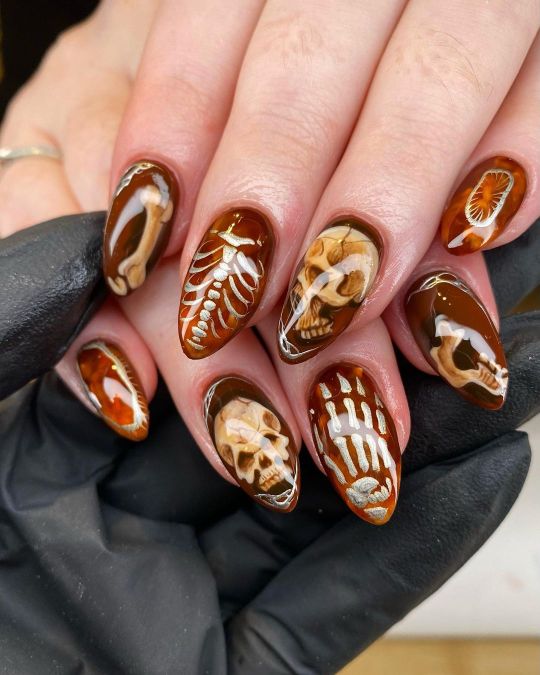
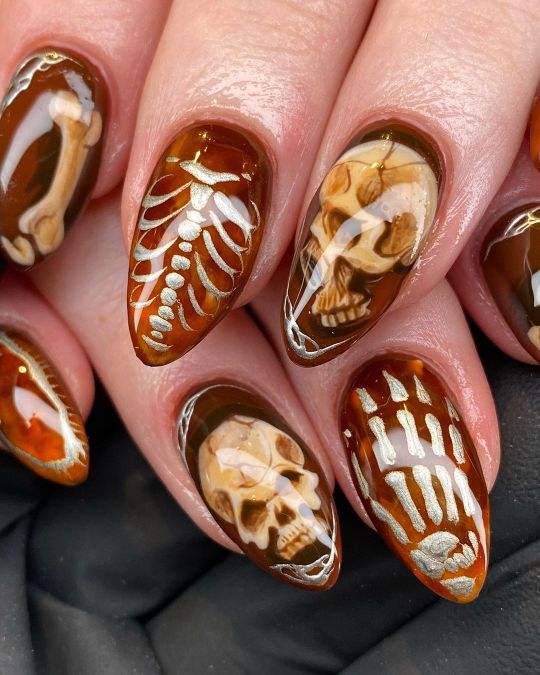
#halloween#all hallows eve#Halloween nails#manicure#mani#nail blog#nail pics#nails#beauty#nail pro#art#artistry#nail art#short nails#round tips#@yanpaintsnails
31K notes
·
View notes
Text




I can't wait for Autumn 🍂🍁
#autumn#fall aesthetic#fall#halloween#autumn aesthetic#all hallows eve#samhain#rainyday#dark academia#dark acadamia aesthetic#books & libraries#the secret history#books#francis abernathy#donna tartt#henry winter#richard papen#bunny corcoran#camilla macaulay#if we were villains#dead poets society#october#october aesthetic#dead poets aesthetic#dps#tsh donna tartt#aesthetic#spooky aesthetic#spooky season
5K notes
·
View notes
Text

#halloween#oct#october#retro#spooky aesthetic#alternative#dark academia#grunge#halloween vibes#spooky#oct 31#orange aesthetic#orange#retro aesthetic#grungy aesthetic#dark aesthetic#dark art#dark fantasy#all hallows eve#vintage halloween#witchy#fall aesthetic#fall vibes#aesthetic#grungy style#pinterest
3K notes
·
View notes
Text

#
4K notes
·
View notes
Text

getting closer everyday
#halloween#halloween season#halloween vibes#spooky vibes#spooky month#halloween everyday#halloween is coming#halloween mood#halloween aesthetic#halloween blog#the nightmare before christmas#jack o lanterns#ghosts#halloween special#stay spooky#all hallows eve#spooktober#halloween nostalgia#spooky#halloweenblog#spooky aesthetic#halloweencore#spooky season#happy halloween
5K notes
·
View notes
Text

#fall season#spooky season#autumn aesthetic#fall aesthetic#all things fall#autumn season#autumncore#autumn cozy#autumn vibes#fall vibes#cozycore#halloween#all hallows eve#fall#autumn#cute cats#fallcore
3K notes
·
View notes
Text

#ghoul#dark academia#dark aesthetic#dark and moody#dark art#dark fantasy#halloween#horror#spooky season#aesthetic#all hallows eve#red#kool aid#halloween vibes#vintage halloween#spooky aesthetic#spooky month#spooky vibes#art#arte#spooky art#oct 31#october#grunge aesthetic#grunge#alternative#darkness#horror movies#drawing#illustration
2K notes
·
View notes
Text

11K notes
·
View notes
Text










Perfect autumn date vibes
All images from Pinterest, dm for removal <3
#halloween blog#halloween vibes#halloween decorations#spooky season#halloween decor#halloween#halloweencore#october aesthetic#octobercore#pumpkin spice#october blog#halloween aesthetic#all hallows eve#october#aesthetic fall#fall aesthetic#fall vibes#cozy fall#autumn cozy#cozy autumn#cozy aesthetic#autumn aesthetic#autumn vibes#autumn blog
2K notes
·
View notes
Text
Angie Watts is Mildred’s ancestor. Sure. Why not.
0 notes
Text

#halloween#halloween vibes#an everlasting halloween#happy halloween#halloween forever#halloween aesthetic#all hallows eve#retro halloween#the addams family#retro tv#halloween classics#cara mia#true love#gomez addams#morticia addams
11K notes
·
View notes
Text







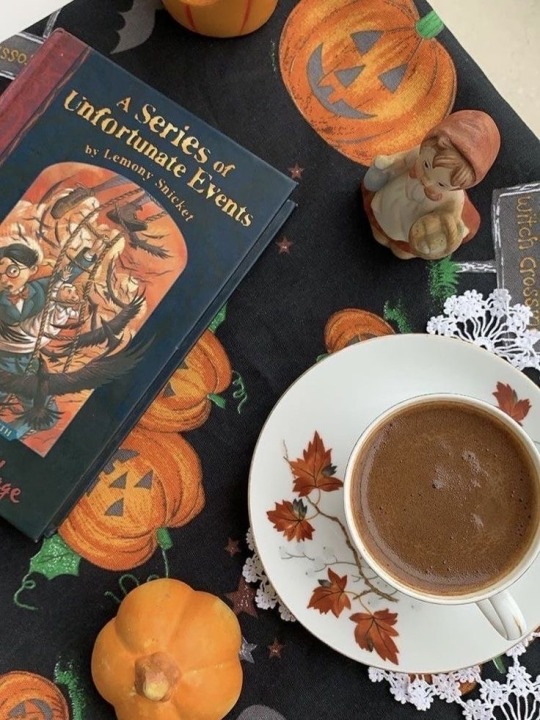

There is magic in the night, when pumpkins glow by moonlight.
#halloween aesthetic#halloweencore#halloween baking#all hallows eve#halloween vibes#halloween#fall aesthetic#autumn aesthetic#autumn cozy#cozy autumn#cozy fall#autumncore#autumn#autumn vibes#fall vibes#autumn reads#autumn season#autumn decor#halloween decorations#fall reads#all things fall#fallcore#fall food#fall season#fall baking#fall decor#spooky vibes#spooky aesthetic#cozy vibes#cozy aesthetic
1K notes
·
View notes